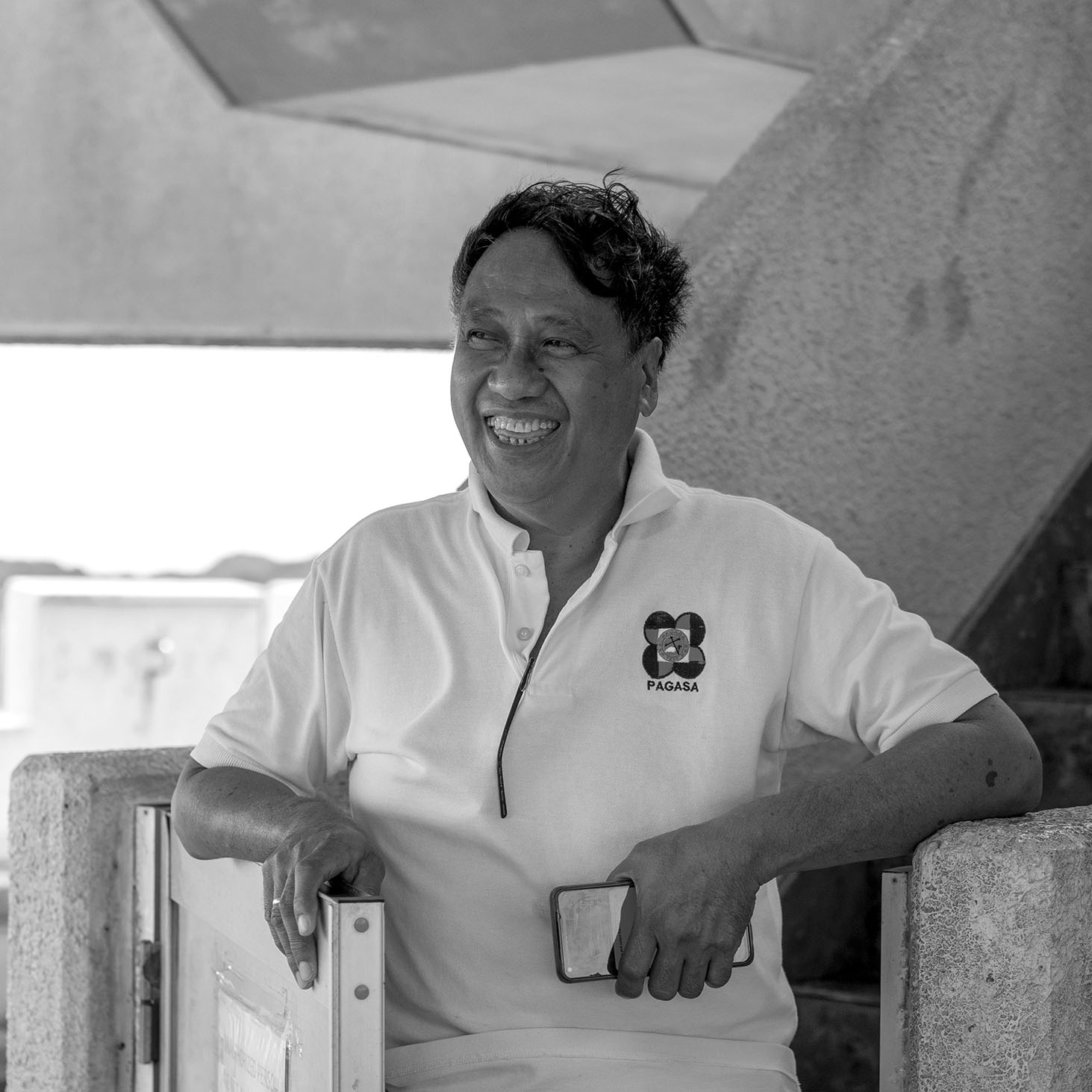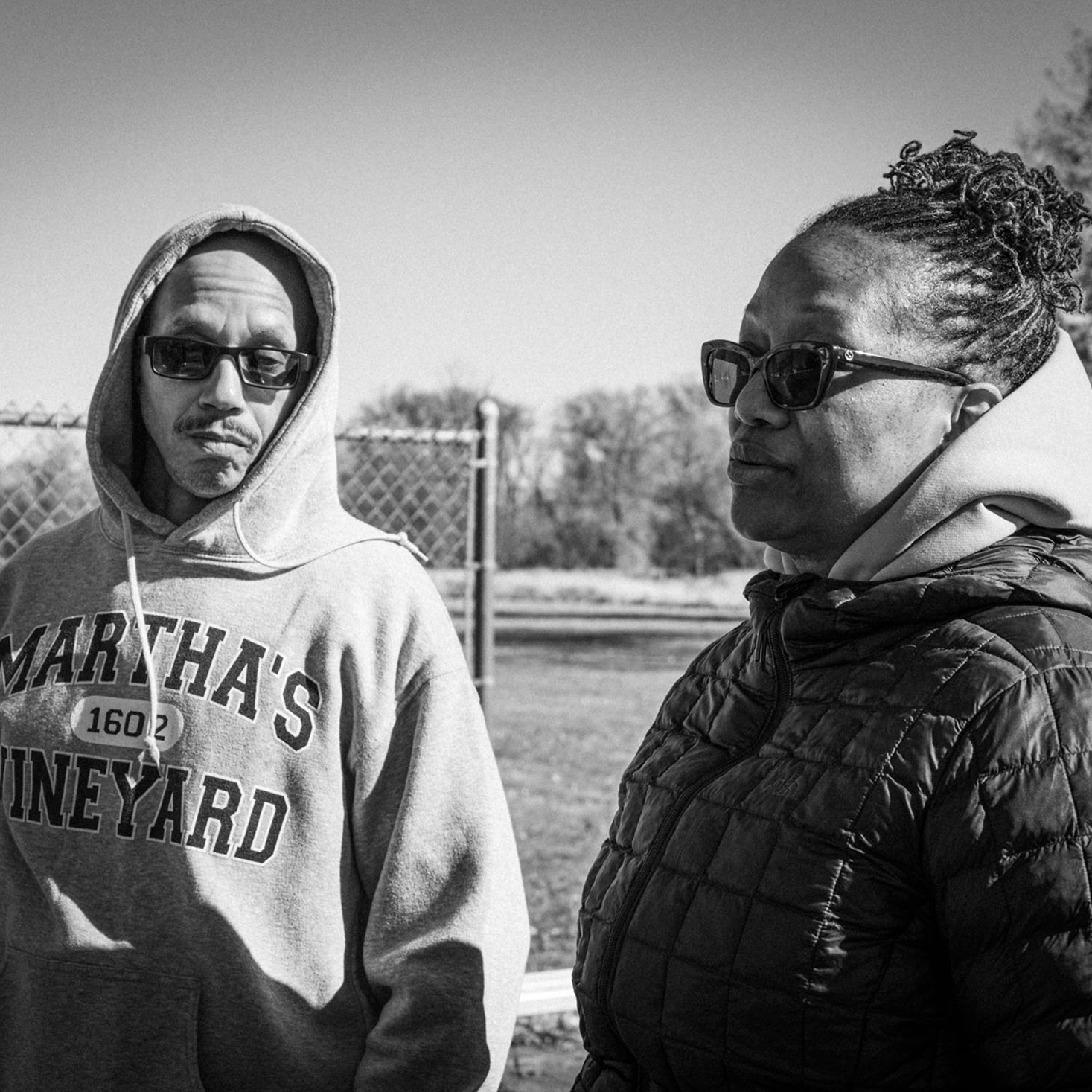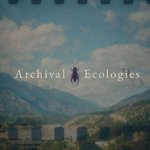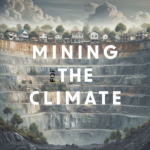
An original audio story series led by Mario Soriano
You can find Carried by Water on Apple Podcasts, Spotify, Amazon Music. and iHeartRadio.
Carried by Water is a series that explores stories of water as a force of nature, a resource and a pillar of well-being.
Super typhoon Haiyan / Yolanda made landfall in the Philippines on November 8, 2013. It remains one of the strongest and costliest storms ever recorded, with up to 20-ft (6-m) tall storm surges, more than 6,000 known casualties, millions of people displaced, and up to 15 billion USD in damages. Season 1 of Carried by Water, "Super Typhoon Haiyan / Yolanda, 10 Years On,” explores the socio-cultural legacies, scientific advances and political lessons learned in the decade since the disaster.
Season 2, “Conversations about Retreat,” focuses on climate-driven retreat, with stories from people and scientists grappling with relocation and displacement in the face of increasing risk. In it, we explore the personal, institutional and scientific drivers of managed retreat from areas deemed to be too hazardous to sustain because of sea level rise, increased flooding and more extreme weather. The team conducted interviews with homeowners, government representatives and researchers to examine various dimensions and outcomes of this intentional unsettlement of places that used to be home.
Credits
Created and hosted by Mario Soriano. Season 1 research, writing and production support from Patrick Jaojoco and Braeden Carroll. Mixed by Braeden Carroll. Season 2 research, writing and production support from Asela Perez-Ortiz, Hannah Riggins, Farah Arnaout and Jayme Collins.
Carried by Water is a production of Blue Lab with support from Princeton University. Copyright 2025 Mario Soriano and Blue Lab.




